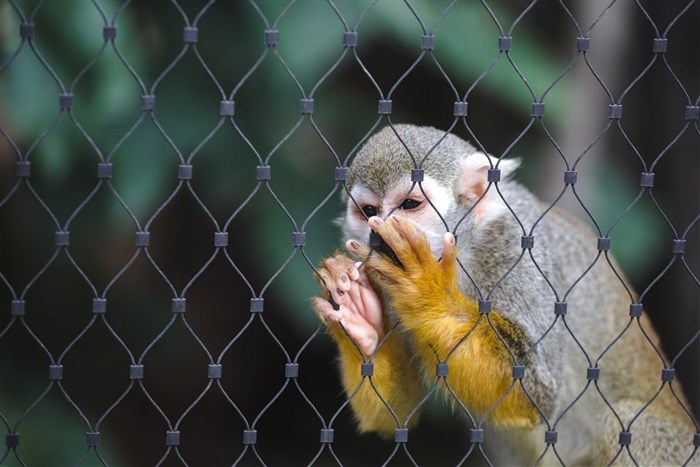
The research report is the result of a year of robust consultation with the wider tourism industry and relevant stakeholders. Nationwide public workshops and an examination of local, regional and international guidelines, research and best practice contributed to the development of the guide.
Captive wildlife attractions and interactions remain a complex, contentious and emotionally charged issue. There is an increasing movement, both locally and internationally, against tourism experiences that potentially harm animals.
In response, Satsa embarked on a comprehensive research initiative to develop a long-term vision for South Africa’s tourism industry with regards to animal interactions in tourism; to design and agree on a framework to guide attractions, operators and tourists; to develop high-level suggestions for legislative intervention and regulation; and ultimately to position South Africa as an ethical tourism destination.
The study and resultant guide and tool explore the intricacies of animal interactions, including the reason why the animals are in captivity in the first place; the source of the animals; the use of the animals while in captivity; and the likely destination of the animals. This takes its ambit beyond the work usually done on captive/wildlife welfare to the full lifecycle of the animal interactions industry.
The study conveys findings and recommendations around:
• Performing animals (all types of animals, including elephants, predators, primates, cetaceans, birds, reptiles etc. trained to perform in a public show or display)
• Tactile interactions with infant wild animals (e.g. cub petting)
• Tactile interactions with predators or cetaceans (any interaction with land predators or aquatic mammals)
• Walking with predators or elephants
• Riding of animals (including sitting on elephants, ostriches, etc.)
It tackles issues of canned hunting, trade in body parts, deceptive behaviour or illegal operations. Primarily, the research outlines a ‘home-grown’ solution to a complex problem, one which draws a line – moving the SA tourism industry forward in terms of responsible and sustainable practices.
Leveraging the findings of the robust research study, SATSA will now collaborate with its members and the broader tourism industry to ensure the research findings are translated into broadly accepted and practically applicable animal interaction guidelines.
For more information about the animal interaction study findings, the guide, the tool or Satsa's long-term vision for captive wildlife attractions within Southern Africa, please contact Natalia Rosa at communications@satsa.co.za or call 083 449 4334.